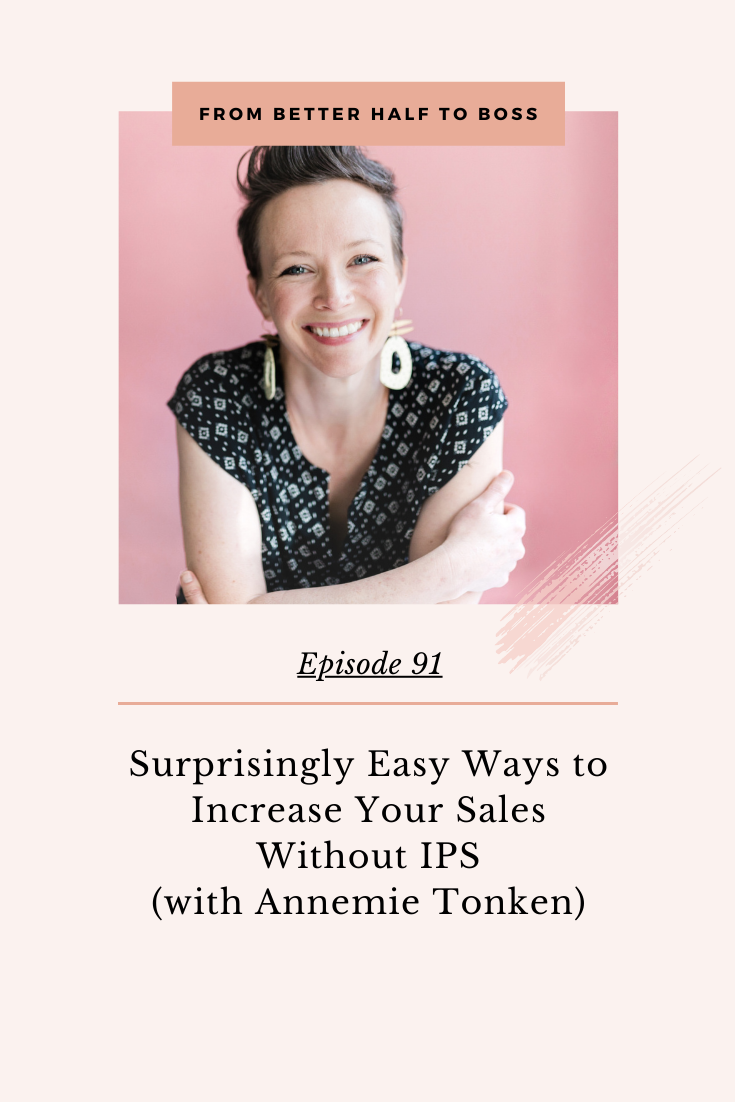
Popular Posts
Fueled by equal parts black Americano & sparkling water, I spend my days helping students worldwide learn how to become a certified birth photographer + learn photography marketing strategies so they can go full time.
Do you dream of going full time by specializing in baby & birth photography?
1
2
3
4
5
LISTEN TO THE PODCAST
PURCHASE for $17
Get my 10+ years experience wrapped up in this guide so you can confidently photograph your next (or 1st) birth!
